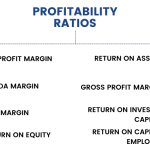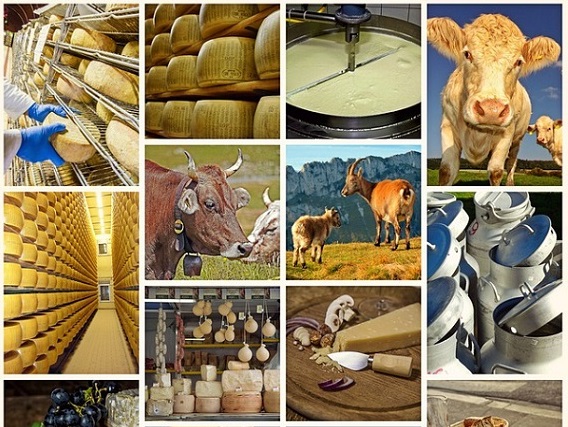
Animal husbandry is the branch of agriculture where animals are reared, bred and raised for meat, fibre, eggs, milk and other food products. Animal husbandry refers to livestock raising and selective breeding. It is the management and care of animals in which the genetic qualities and behaviour of animals are further developed for profit. A large number of farmers depend upon animal husbandry for their livelihood. Animals provide us with a variety of food products that have high nutritional values. Therefore, they require a lot of care and attention.
Animals are bred commercially in order to meet the high demand for food. Dairy products from animals like cows, buffaloes, goats, are rich sources of protein. These animals are called milch animals as they provide us with milk.
Another set of animals that provide nutrient-rich food is a hen, ducks, goose, etc. They provide us with eggs, which again are rich sources of protein.
Animals like chicken, duck, ox, goat, pigs, etc. are bred for meat. Other than these domestic animals we have other sources of nutrients as well, they are marine animals. The seafood we eat has very high nutrient values. They are sources of a variety of nutrients like fat, proteins, vitamins and minerals.
The care, breeding, management, etc of animals are particularly monitored under the department of animal husbandry. Animal husbandry is a large scale business. The animals are bred, cared for, reared and sheltered in a farm or region, which are specially built for them. Animal husbandry involves poultry, milk farms, apiculture (bee agriculture), aquaculture, etc.
Types of Animal Husbandry
There are four major types of animal husbandry practised in the world today:
Dairy Farming
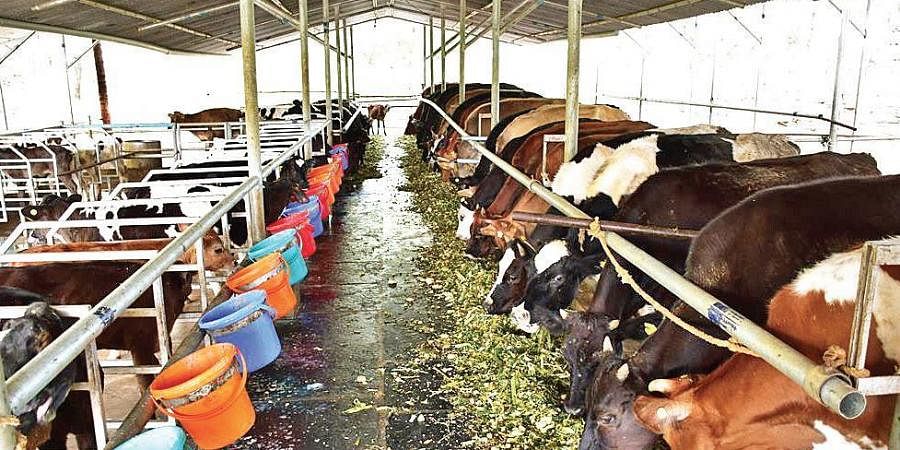
Dairy farming is the agricultural technique concerned with the long term production of milk, which is then processed to obtain dairy products such as curd, cheese, yoghurt, butter, cream, etc. It involves the management of dairy animals such as cows, buffaloes, sheep, goats, etc.
The animals are taken care of against diseases and are inspected regularly by veterinary doctors. A healthy animal is physically, mentally and socially sound.
These animals are milked by hand or by machines. The milk is preserved and converted into dairy products industrially, which are then used for commercial purposes.
Poultry Farming
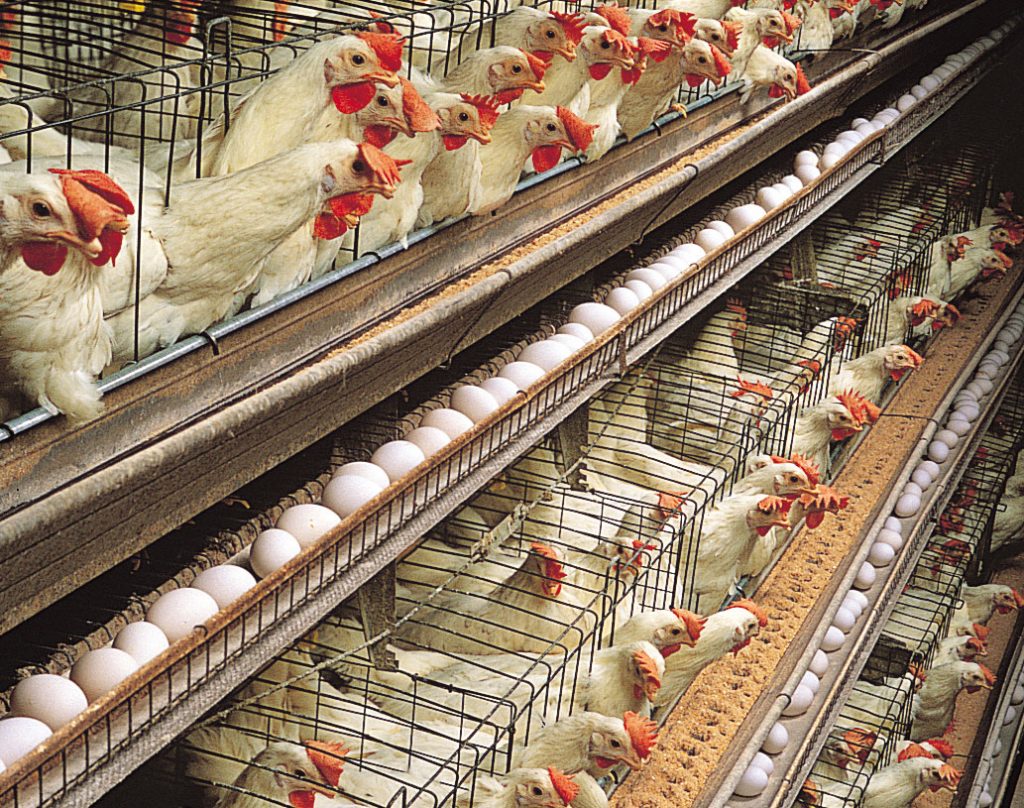
Poultry farming is concerned with raising and breeding birds for commercial purposes. Birds like ducks, chickens, geese, pigeons, turkeys, etc. are domesticated for eggs and meat.
It is very important to take care of the animals and maintain them in a disease-free environment to obtain healthy food from them. Eggs and meat are a rich sources of protein.
Sanitation and hygienic conditions need to be maintained. The faeces of birds are used as manure to improve soil fertility. Poultry farming provides employment to a large number of people and helps in improving the economy of the farmers.
Fish Farming
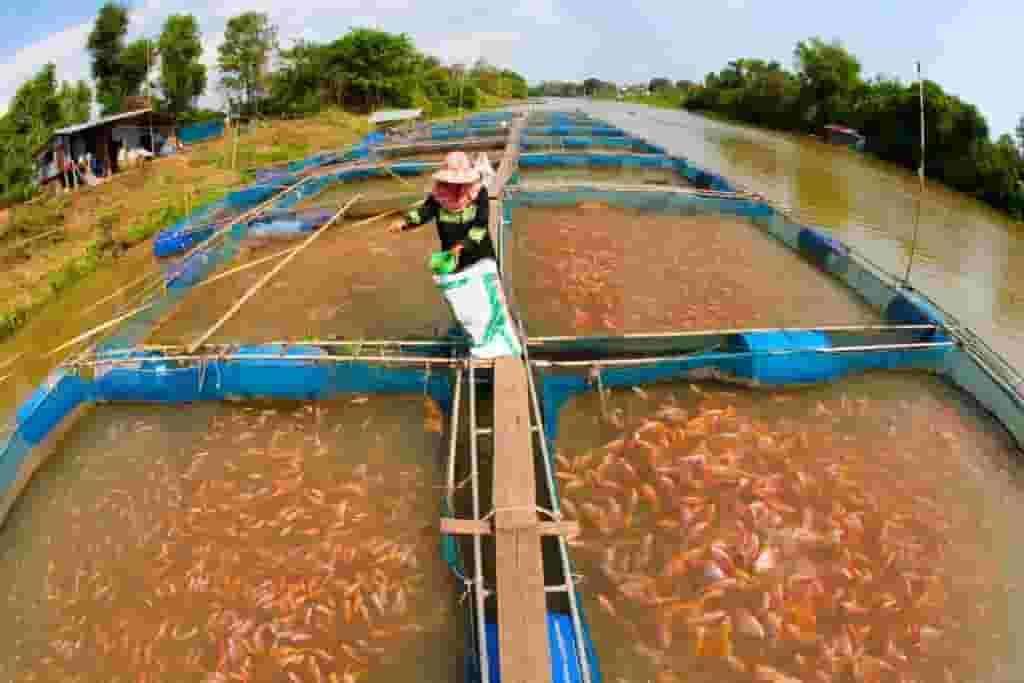
Fish farming is the process of raising fish in closed tanks or ponds for commercial purposes. There is an increasing demand for fish and fish protein. Fish species such as salmon, catfish, cod, and tilapia are raised in fish farms.
Fish farming or pisciculture is of two types:
- Extensive aquaculture, based on the local photosynthetic production
- Intensive aquaculture, based on the external food supply given to fishes.
Bee Farming
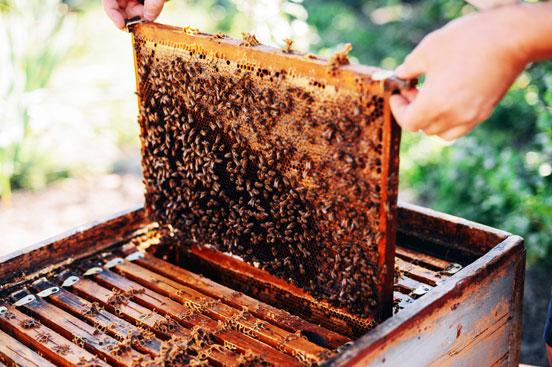
Bee farming or apiculture is the practice of maintaining bee colonies by humans in man-made hives. Honey bees are reared on a large scale. The bees are domesticated for honey, wax, and to pollinate flowers. They are also used by other beekeepers for the same purposes. The place where bees are kept is known as an apiary or a bee yard.
Role of Animal Husbandry
Animal husbandry is beneficial to human beings in the following ways:
Dairy Products
Animals such as cows, goats, sheep, etc. are the major source of milk and milk products such as yoghurt, cheese, butter, etc.
Meat
Animals such as cows, buffaloes, pigs, and goats are reared for their meat. Their meat is a rich source of dietary protein.
Land Management
The livestock is sometimes grazed to control the growth of weeds on agricultural land. The dry shrubs in the areas that are prone to wildfire are eaten by goats and sheep, which reduces the risk of fire.
Fibre
Animals also produce fibres or textiles such as wool and leather. For eg, sheep are reared for wool whereas leather can be obtained from camels.
Manure
The excreta, blood and bones of animals are used as manure. The manure is spread on the fields to increase crop yields and crop production. It is also used as fuel for fires and as plaster for walls and floors.
Labour
Animals are a source of non-human labour. They are used for ploughing fields, transporting goods and military functions. For ag., horses, yaks and donkeys are used for such purposes.
Advantages of Animal Husbandry
Animal husbandry has the following advantages:
- Animal husbandry helps in the proper management of animals by providing proper food, shelter and protection against diseases to domestic animals.
- It provides employment to a large number of farmers and thereby increases their living standards.
- It helps in developing high yielding breeds of animals by crossbreeding. This increases the production of various food products such as milk, eggs, meat, etc.
- It involves the proper disposal of animal waste and promotes a healthy environment.
Financial and Business expert having 30+ Years of vast experience in running successful businesses and managing finance.

